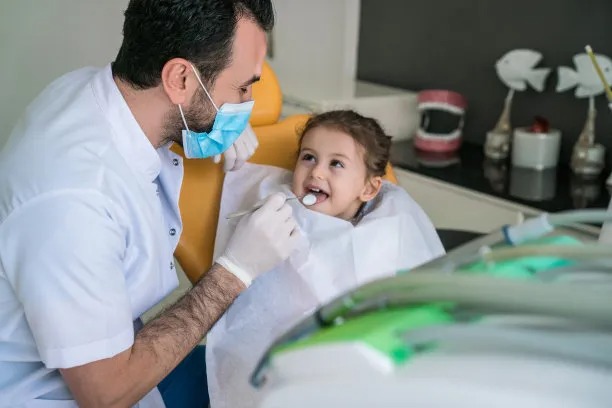Understanding the Process and Implications of Extracting a Tooth for Optimal Dental Health and Recovery
Summary: Extracting a tooth can be a vital intervention in various dental scenarios, whether due to decay, overcrowding, or disease. This article provides an in-depth understanding of the process involved in tooth extraction, its potential implications on overall dental health, and the subsequent recovery phases. We explore the reasons behind tooth extraction, techniques used by dental professionals, the post-extraction care required for optimal recovery, and the long-term implications for dental health. Each aspect is crucial for individuals considering tooth extraction, emphasizing the importance of following professional advice and taking proactive measures for maintaining oral health post-procedure.
1. Reasons for Tooth Extraction

Tooth extraction is typically recommended for several reasons. One of the most common causes is severe tooth decay, which can compromise the structural integrity of the tooth, making restoration impossible. If the decay spreads to the root, it can lead to infection, necessitating extraction to prevent further complications.
Another significant reason for tooth extraction is overcrowding. In certain cases, especially before orthodontic treatment, removing one or more teeth can create necessary space for the remaining teeth to align properly. This is essential for achieving optimal results in braces or other orthodontic solutions.
Periodontal disease, which affects the gums and bone supporting the teeth, is yet another valid reason for extraction. In advanced stages, the infection can cause teeth to loosen, making extraction the best option to prevent further oral health complications.
2. The Extraction Process Explained
The process of extracting a tooth generally begins with a thorough evaluation conducted by a dental professional. This evaluation might include X-rays to assess the tooth’s position and its surrounding structures. Understanding the tooth’s anatomy is crucial for a successful extraction.
Once a decision to proceed with extraction is made, anesthesia is administered to ensure the patient is comfortable and pain-free throughout the procedure. Local anesthesia is most common, but sedation options may be used for patients with anxiety or more complex extractions.
The actual extraction involves using specialized instruments to loosen and remove the tooth from its socket. For simple extractions, the procedure can be relatively quick, while surgical extractions may require more time and specific techniques, especially for impacted teeth.
3. Post-Extraction Care for Optimal Recovery
After the extraction, proper aftercare is essential to ensure a smooth recovery and to avoid complications. Patients are typically advised to bite down on a gauze pad for about 30 to 45 minutes to help control bleeding. If bleeding persists, they should contact their dentist for further instructions.
Managing pain and swelling is crucial in the first few days post-extraction. Over-the-counter pain relievers and cold packs can be effective in minimizing discomfort. Patients should also avoid strenuous activities for at least 24 hours to aid in the healing process.
Diet plays a significant role in recovery. Its recommended to stick to soft foods and avoid hot liquids for the first few days. Staying hydrated and maintaining good oral hygiene habits, like gentle rinsing with salt water, will help in reducing the risk of infection.
4. Long-term Implications of Tooth Extraction
While tooth extraction may provide immediate relief from pain or infection, it’s crucial to consider the long-term implications for dental health. One of the most notable effects is the potential for adjacent teeth to shift into the gap left by the extracted tooth, which can lead to misalignment and bite issues.
Another long-term consideration is bone loss in the jaw. When a tooth is extracted, the bone that supported the tooth can start to deteriorate. This is why many dental professionals recommend replacing an extracted tooth with an implant or bridge to preserve the jawbone’s integrity and maintain facial structure.
Lastly, the extraction of a tooth may also affect a persons ability to chew and speak properly. Therefore, consultation with a dental professional about potential restorative procedures post-extraction is essential for long-term oral health maintenance.
Summary:
This article has delved into the intricate details surrounding the process of tooth extraction, the reasons for undertaking this procedure, and the subsequent care needed for optimal recovery. Understanding the implications associated with extraction is vital for ensuring long-term dental health. Taking appropriate care following the procedure helps in averting complications and reinforces the importance of consulting a dental professional post-extraction.
This article is compiled by Vickong Dental and the content is for reference only.



